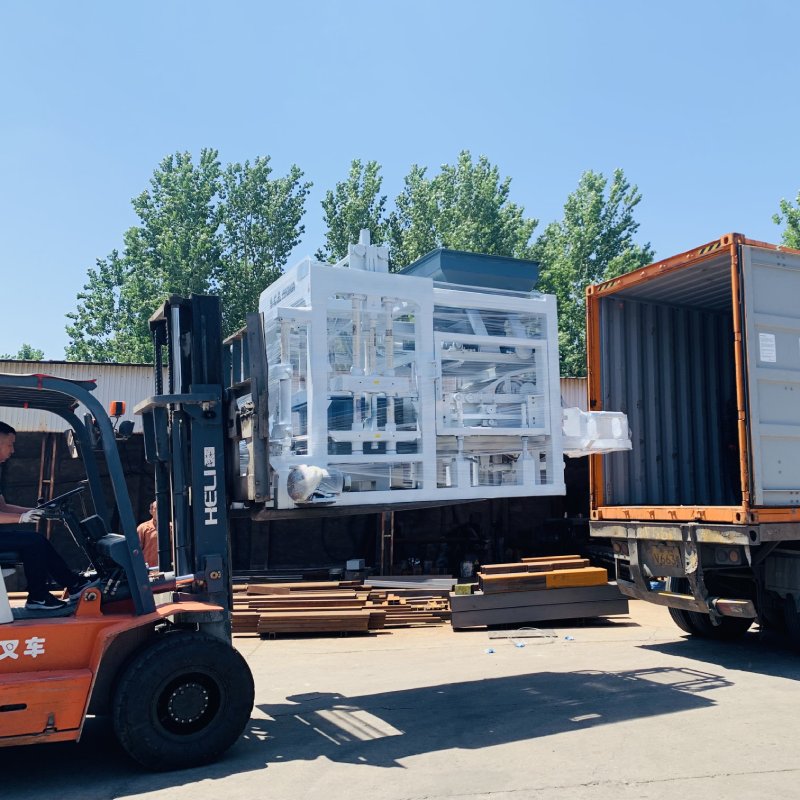
Image source Aiwei Block Machine
IoT Integration Reshaping Brick Block Manufacturing
Introduction
The era of Industry 4.0 has brought forth a new wave of technological advancements, with the Internet of Things (IoT) leading the way. IoT integration is transforming industries across the board, and brick and block manufacturing is no exception. In this article, we delve into how IoT integration is reshaping brick and block manufacturing processes, exploring its benefits, challenges, real-world applications, and the potential it holds for creating a smarter, more efficient future.
Understanding IoT Integration in Manufacturing
IoT refers to the interconnection of everyday objects through the internet, enabling them to collect and exchange data. In brick and block manufacturing, IoT integration involves connecting machines, sensors, and systems to a central network, creating a network of smart devices that communicate and collaborate seamlessly.
Benefits of IoT Integration in Brick and Block Manufacturing
- Real-Time Monitoring: IoT-enabled sensors provide real-time data on machine performance, production rates, energy consumption, and more, enabling better decision-making and process optimization.
- Predictive Maintenance: By analyzing data patterns, IoT can predict when machinery requires maintenance, reducing downtime and preventing costly breakdowns.
- Quality Control: IoT sensors can monitor product quality during production, identifying deviations from specifications and ensuring consistency in the final output.
- Energy Efficiency: IoT allows manufacturers to monitor energy consumption and identify areas for energy optimization, contributing to sustainability efforts.
- Supply Chain Visibility: IoT integration enables real-time tracking of raw materials, inventory levels, and shipments, enhancing supply chain management.
Challenges and Considerations
- Data Security: The increased connectivity brought by IoT raises concerns about data security, prompting the need for robust cybersecurity measures.
- Initial Investment: Implementing IoT requires an upfront investment in sensors, connectivity infrastructure, and training.
- Data Management: The vast amount of data generated by IoT devices must be efficiently managed and analyzed to extract actionable insights.
- Integration Complexity: Integrating existing machinery and systems with IoT technology can be complex and require technical expertise.
IoT Applications in Brick and Block Manufacturing
- Smart Inventory Management: IoT sensors track raw materials, ensuring timely reordering and minimizing production interruptions.
- Remote Monitoring: Manufacturers can monitor production lines and equipment remotely, allowing for quick responses to issues.
- Energy Monitoring and Optimization: IoT sensors track energy consumption and offer insights into optimizing energy usage.
- Process Automation: IoT-enabled devices automate processes like material mixing, forming, and curing, reducing manual intervention.
- Digital Twin Technology: IoT integration allows the creation of digital twins, virtual replicas of physical processes, enabling simulations and testing before physical implementation.
Real-World Examples
- Caterpillar’s Smart Construction: Caterpillar’s construction equipment incorporates IoT technology for real-time tracking of equipment performance and maintenance needs.
- Bosch’s IoT in Manufacturing: Bosch’s manufacturing facilities use IoT for real-time monitoring of production processes, ensuring quality and efficiency.
The Future of IoT in Brick and Block Manufacturing
- Further Automation: As IoT technology evolves, brick and block manufacturing will see increased automation and reduced reliance on manual processes.
- AI and Machine Learning Integration: IoT data combined with AI and machine learning will lead to more advanced predictive analytics and process optimization.
- Sustainability Enhancement: IoT can aid in the development of eco-friendly manufacturing practices, minimizing waste and resource consumption.
Conclusion
IoT integration is revolutionizing brick and block manufacturing by providing real-time insights, predictive capabilities, and enhanced process optimization. As technology continues to advance, the industry will witness smarter, more efficient production processes that not only increase productivity but also contribute to sustainability goals. The synergy between IoT and manufacturing is shaping a future where brick and block production is not just about physical products but about harnessing data-driven intelligence to build a more connected and intelligent world.
